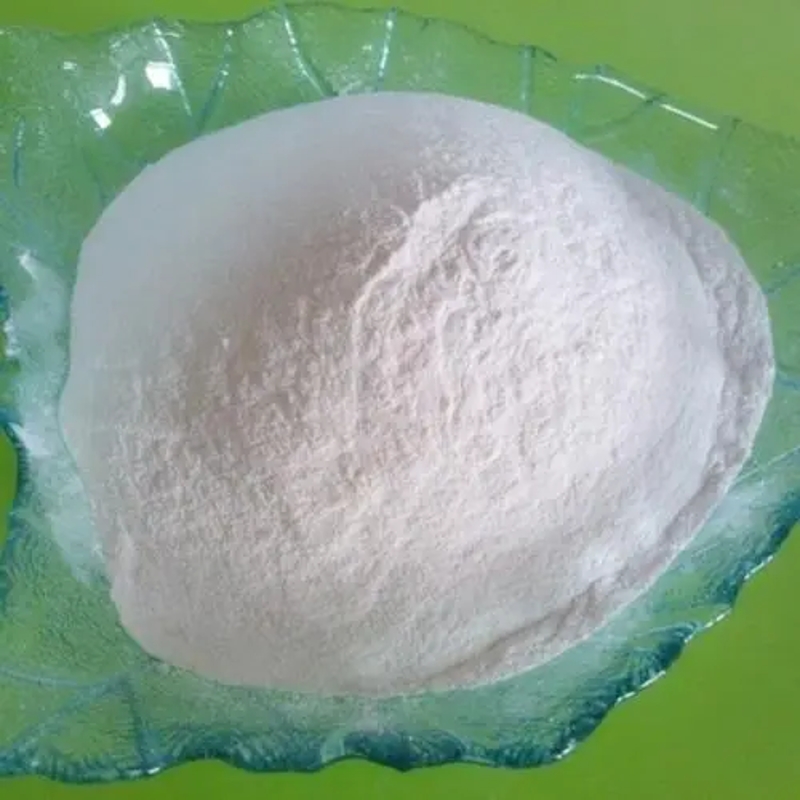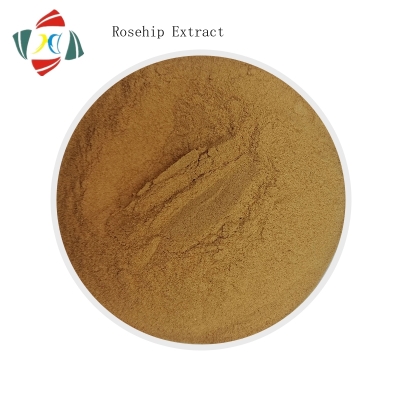-
Categories
-
Pharmaceutical Intermediates
-
Active Pharmaceutical Ingredients
-
Food Additives
- Industrial Coatings
- Agrochemicals
- Dyes and Pigments
- Surfactant
- Flavors and Fragrances
- Chemical Reagents
- Catalyst and Auxiliary
- Natural Products
- Inorganic Chemistry
-
Organic Chemistry
-
Biochemical Engineering
- Analytical Chemistry
- Cosmetic Ingredient
-
Pharmaceutical Intermediates
Promotion
ECHEMI Mall
Wholesale
Weekly Price
Exhibition
News
-
Trade Service
Don't want to miss Jiemei's push? Click on the menu "··" in the upper right corner and select "set as star" for a week's information, waiting for you to see! Uric acid is too difficult, high gout, low depression! Can Mediterranean diet reduce disease activity in patients with psoriatic arthritis? Rheumatoid arthritis, connective tissue disease and vasculitis patients should pay special attention to eye involvement! Uric acid is too difficult, high gout, low depression! Uric acid is the end product of purine metabolism. When the serum concentration is higher than 420 μ mol / L in men and 360 μ mol / L in women, it may lead to gout, kidney stones and acute kidney injury; when the serum concentration is low (lower than 119 umol / L, hypouricemia), it is related to the deterioration of neurodegenerative diseases.recently, a study published in Arts Research & amp; therapy showed that low serum uric acid levels were associated with the prevalence of depression in the elderly.the study included 5332 participants (2301 males and 3031 females) whose health data were from the 2016 national health and nutrition survey data set of Korea.the participants were divided into young people (19-39 years old), middle-aged people (40-59 years old) and old people (60 years old and above). The depressive symptoms were determined by depression self-assessment scale PHQ-9.the researchers divided all participants into gender groups: male ≤ 4.9 (Q1), 5.0-5.7 (Q2), 5.8-6.6 (Q3) and ≥ 6.7 (Q4) mg / dL in men, and ≤ 3.7 (Q1), 3.8-4.3 (Q2), 4.4-4.9 (Q3) and ≥ 5.0 (Q4) mg / dL in males.the results showed that the serum uric acid quartile was significantly negatively correlated with PHQ-9 score in the elderly (p-trend = 0.020 for men, p-trend = 0.048 for women).compared with the high uric acid group (Q3 and Q4), the low uric acid group (Q1 and Q2) was significantly associated with the overall burden of depression in elderly women (or 1.78, 95% CI 1.21-2.61) and clinical related depression (or 3.35, 95% CI 1.16-9.70) in elderly men.according to the researchers, this is the first time that a large national database has been used to investigate the relationship between serum uric acid levels and depression in South Korea, which can basically reflect the real situation of the Korean population.although it has been shown that lower serum uric acid levels are associated with a higher prevalence of depression in adults, longitudinal studies are needed to examine the potential impact of serum uric acid levels on depression trajectories over time.2 can Mediterranean diet reduce disease activity in patients with psoriatic arthritis? "Mediterranean diet" refers to a healthy, simple, light and nutritious diet.this special diet emphasizes eating more vegetables, fruits, fish, seafood, beans and nuts, followed by Cereals, and vegetable oil (containing unsaturated fatty acids) should be used to replace animal oil (containing saturated fatty acids), especially olive oil.on the US News and world report website( health.usnews.com/best -In the best diet list of 2019 published by diett), Mediterranean diet won the title of "best diet" with a total score of 4.2 points (out of 5 points). In addition, Mediterranean diet was also rated as "most suitable for diabetics", "most beneficial to heart health", "healthiest" and "easiest to comply with" Diet, etc.to understand the benefits of Mediterranean diet for patients with psoriasis arthritis (PSA), Italian scholars conducted a multicenter cross-sectional study, the results of which were published in Rheumatology International.211 patients with active PSA were enrolled in this study. The average age of the patients was 55 (48-62) years old and the average course of disease was 76 (36-120) months.at the beginning of the study, patients were assessed by modified psoriasis arthritis disease activity index (dapsa) and composite psoriasis activity index (cpdai); patients with combined metabolic syndrome (MetS) were identified by the third report of adult treatment program of American Cholesterol Education Program (NCEP-ATP III) in 2005, and body mass index (BMI) of all patients was evaluated All patients received 14 items of Mediterranean diet adherence assessment questionnaire (premed) to evaluate their compliance.the results showed that 27.01% of patients had MetS.15.64% patients had low compliance, 66.35% patients had higher compliance, and 18.01% patients had higher compliance.the researchers found that dapsa was negatively correlated with adherence to the Mediterranean diet (b = -3.291, 95% CI -5.884 to-0.698); dapsa was positively correlated with BMI (B
= 0.332; 95% CI 0.047-0.618) and HAQ (b = 2.176, 95% Ci 0.984-3.368).that is to say, the Mediterranean diet compliance of PSA patients is high, and the disease activity level is low; on the contrary, the compliance is low, and the disease activity level is high.this suggests that the Mediterranean diet has anti-inflammatory properties.patients with rheumatoid arthritis, connective tissue disease and vasculitis should pay special attention to eye involvement! Ocular involvement is a common clinical manifestation of rheumatic immune diseases, which is characterized by two eyes damaged at the same time or successively.the visual acuity of the patients is affected, which will affect their daily life and work.most patients can find out and treat them in time, but some patients can't see a doctor in time due to various reasons, their eyes are seriously damaged, and even lead to blindness in severe cases.there are many reasons for ocular involvement, and the possible factors are inflammation, vascularization, infection and iatrogenic.what is the prevalence of ocular involvement in RA and other connective tissue diseases? What are the types of diseases? There has been no conclusion.researchers from Canada conducted a meta-analysis of these issues and published in J rheumatol as a literature review.the researchers used MEDLINE, web of science and Cochrane databases to systematically search the literatures published before January 7, 2019.We searched for RA, systemic lupus erythematosus (SLE), antiphospholipid syndrome (APS), dermatomyositis, polymyositis, systemic sclerosis (SSC), Sjogren's syndrome (SS), undifferentiated connective tissue disease (UCTD), giant cell arteritis (GCA), granulomatous vasculitis (GPA), systemic vasculitis and conjunctivitis, keratoconjunctivitis (KCS) in patients with systemic vasculitis and sarcoidosis Incidence of uveitis, fundus hemorrhage, optic neuritis, papilledema, orbital disease, retinal artery / vein occlusion, macular edema, retinitis, chorioretinitis, scleritis, iridocyclitis, choroidal hemorrhage, blindness and transient amaurosis.a total of 3394 studies were found and 65 of them were included according to the inclusion criteria.the results showed that the prevalence of ocular involvement in RA, SLE, antiphospholipid syndrome, giant cell arteritis, GPA and sarcoidosis were 18%, 31%, 35%, 27%, 26% and 27%, respectively.the most common manifestation is dry eyes (such as KCS), and the prevalence rate is as high as 90% in SS patients.anterior uveitis and posterior uveitis are the most common complications of sarcoidosis, with an average prevalence of 16% (3% - 28%) and 6% (3% - 9%) respectively. according to the researchers, about 20% of RA patients have eye involvement, and about 1 / 4 to 1 / 3 of patients with connective tissue disease and vasculitis (except SS, about 90%). it can be seen that eye involvement is common in patients with rheumatic immune diseases, which should be paid attention to by clinicians and patients. < br / < br / < br / < br / < br / < br / < br / < br / < br / < br / < br / < br / < br / < br / < br / < br / < br / < br / < br / < br / < br / < br / < br / < br / < br / < br / < br / < br / < br / < br / < br / < br / < br / < br / < br / < br / < br / < br / < br / < br / < br / < br / < br / < br / < br / < br / < br / < br / < br / < br / < br / < br / < activity: a multicenter cross-sectional study. Rheumatol Int 40, 951–958 (2020).[3]Matthew A. Turk. Ocular manifestations in rheumatoid arthritis, connective tissue disease and vasculitis: a systematic review and meta-analysis. J Rheumatol. 01 May 2020.







